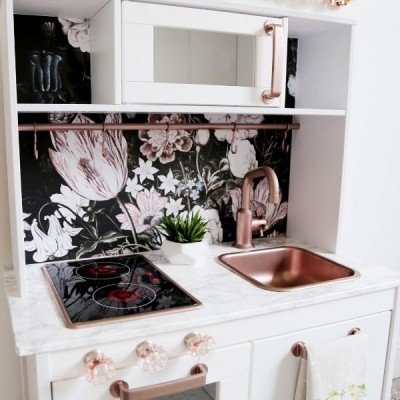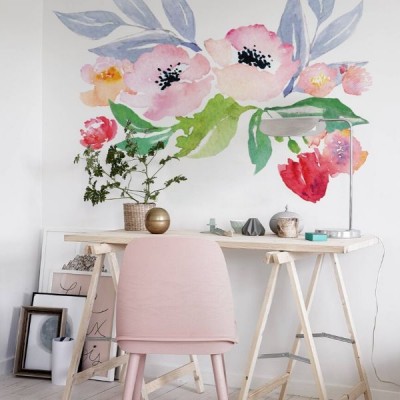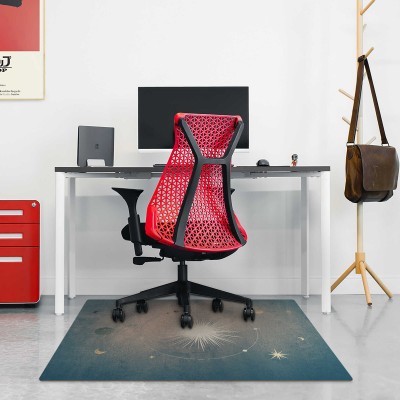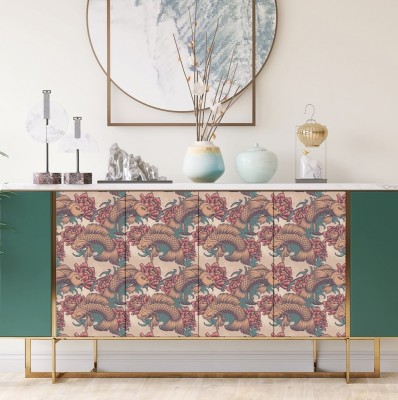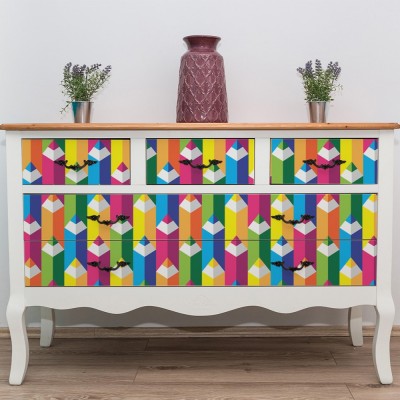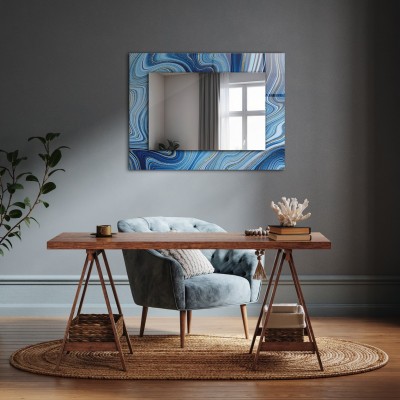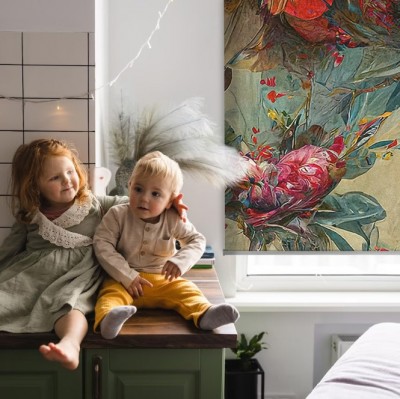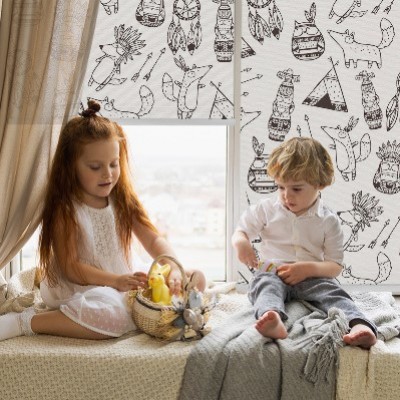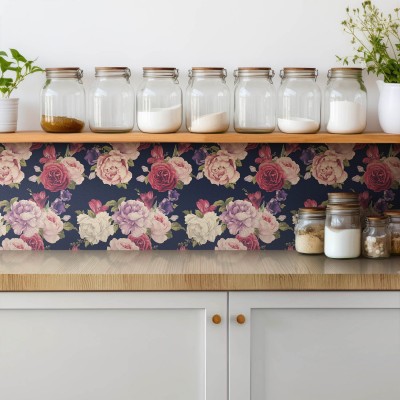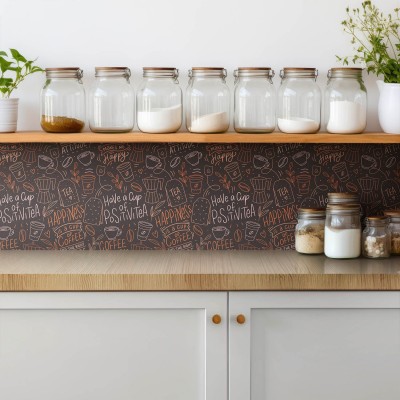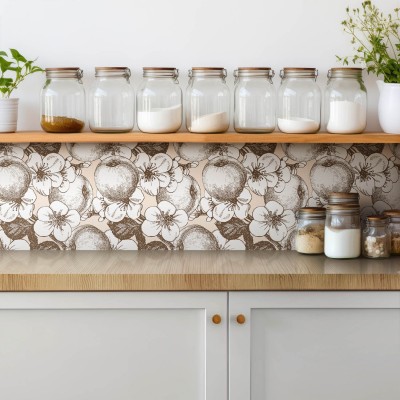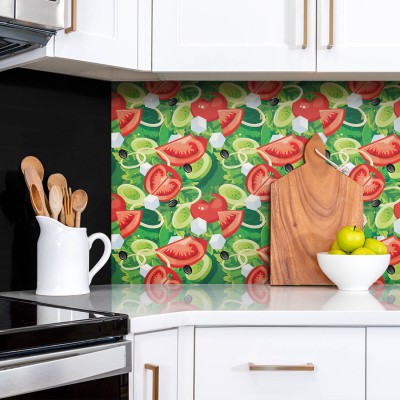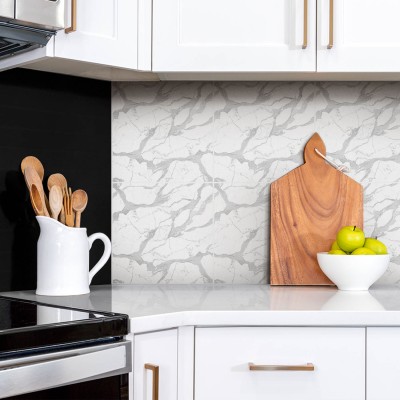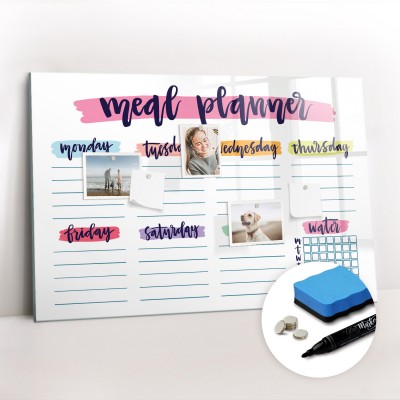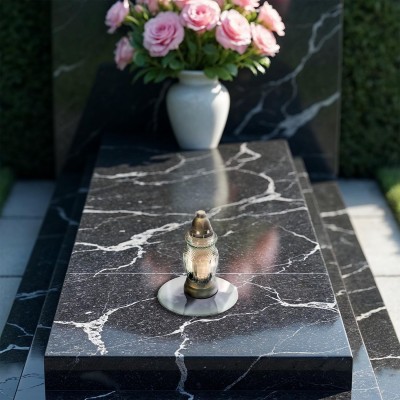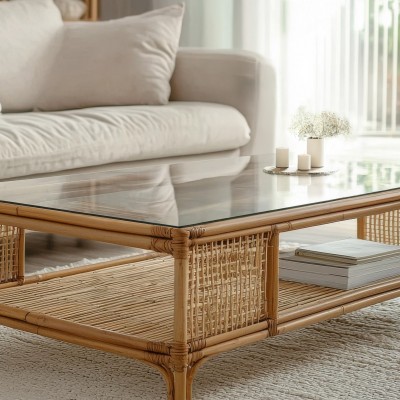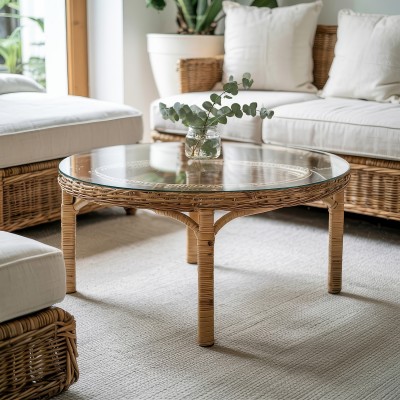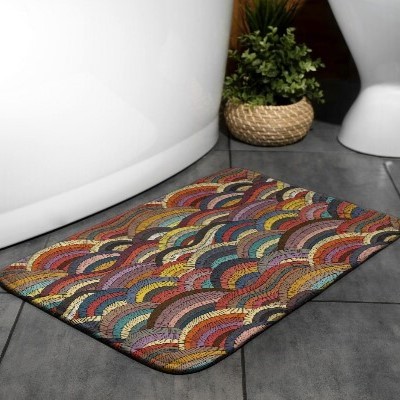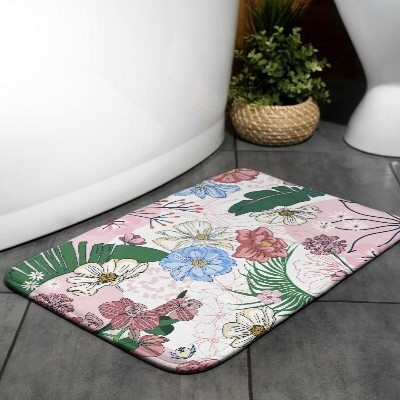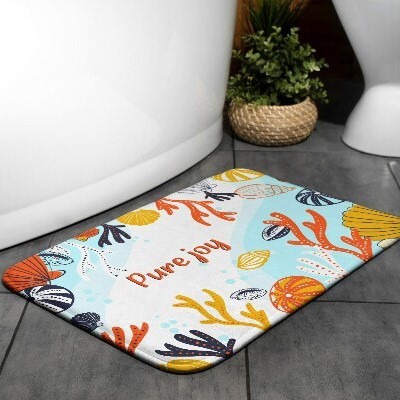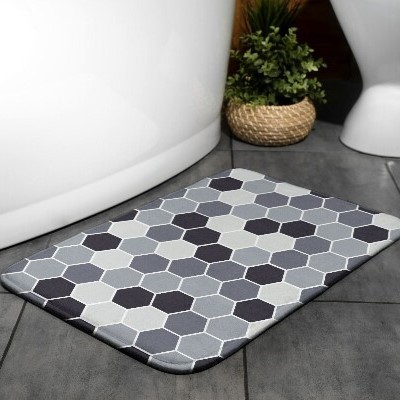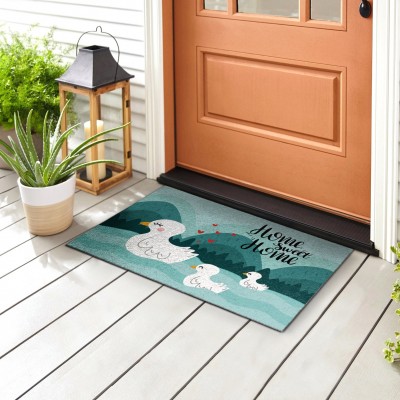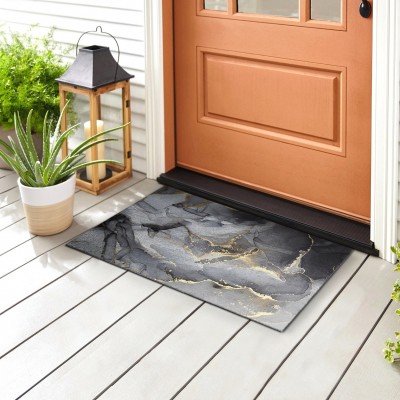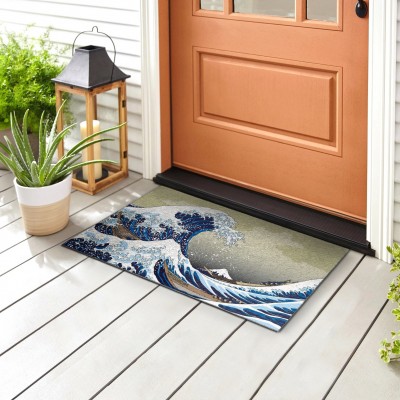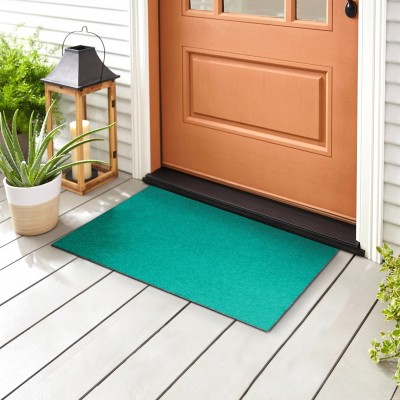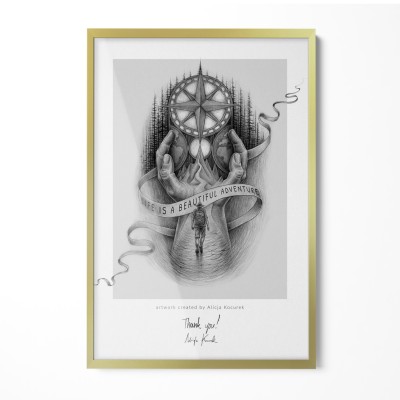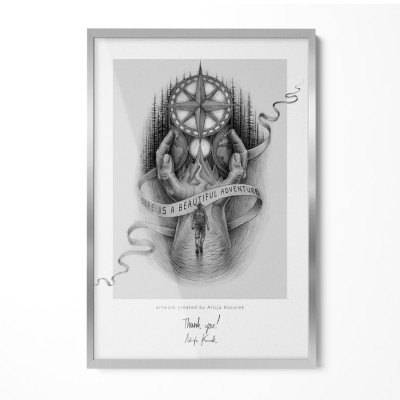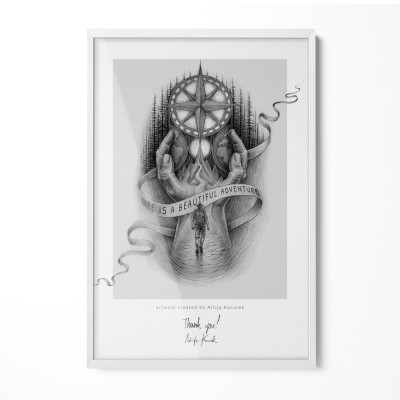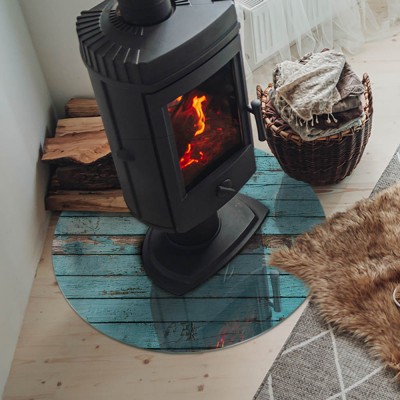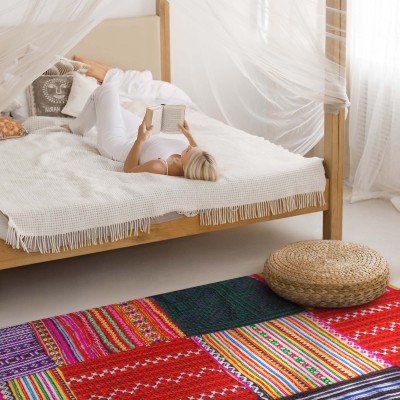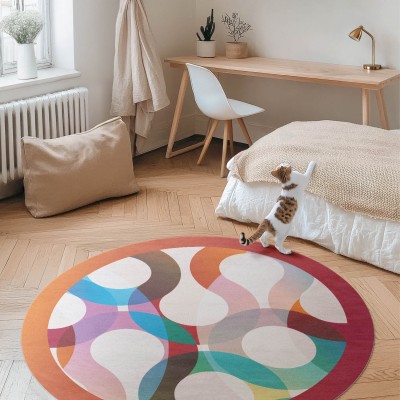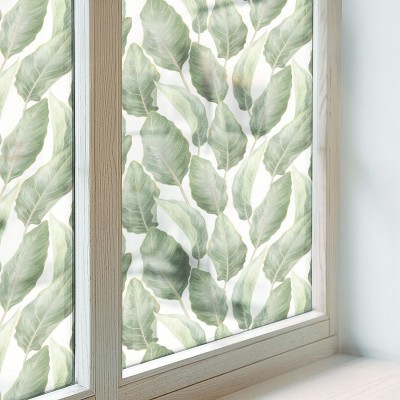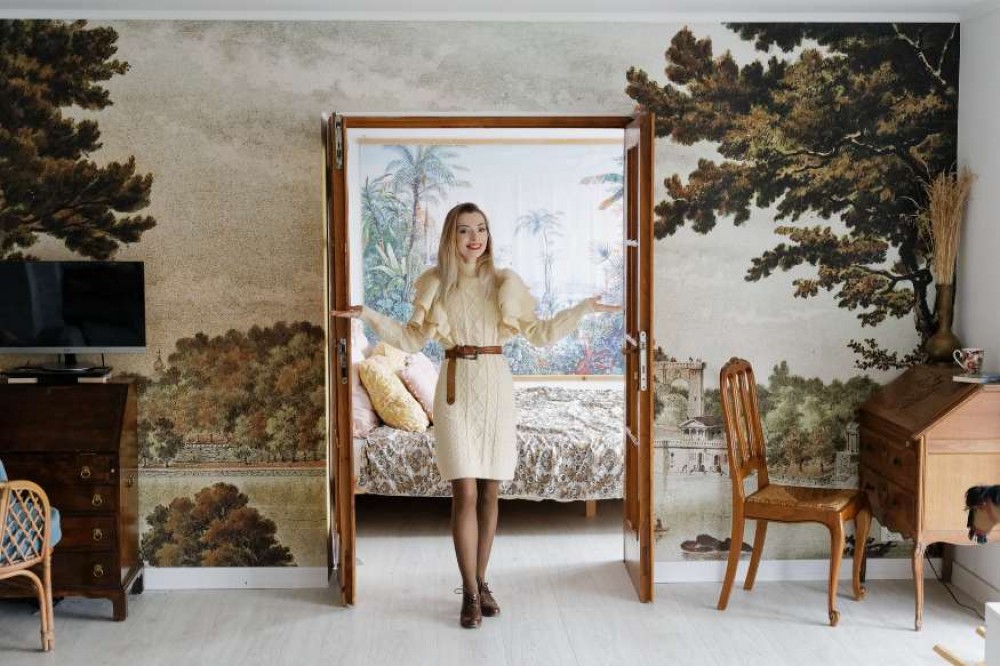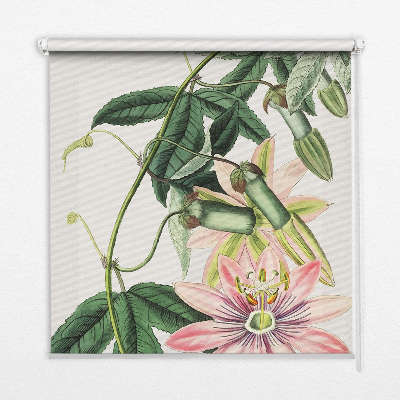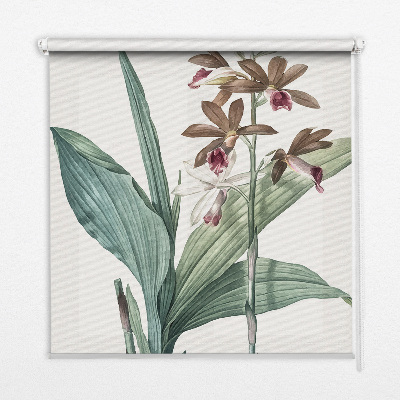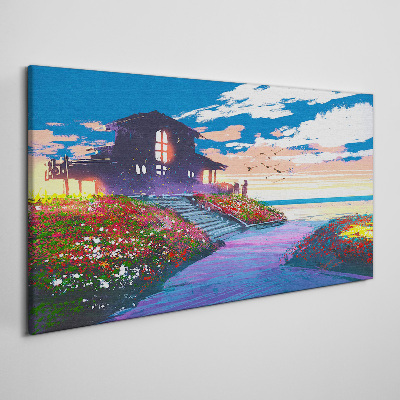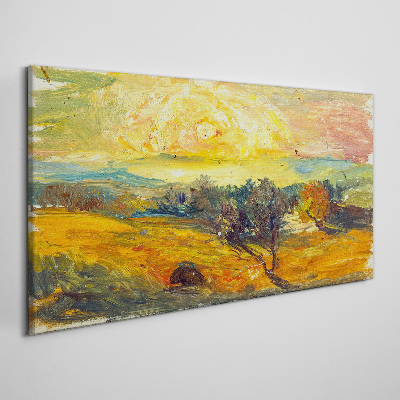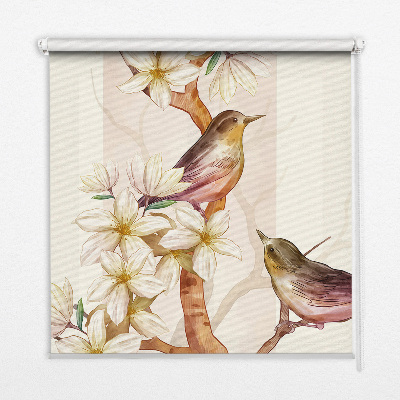The living room is often considered the heart of any home, where we relax, entertain guests, and create lasting memories with loved ones. It's the space that sets the tone for the rest of the house and reflects your personal style and taste. In this guide, we'll explore ten simple yet effective tips to help you transform your living room into a welcoming haven. From choosing the right color palette to incorporating personal touches, these ideas are designed to inspire and encourage you to make changes that will enhance both the aesthetics and functionality of your living room.
1. How to design living room? Start with a vision!
Before diving into the actual design process, it's crucial to start with a clear vision of what you want your living room to look and feel like. This vision will guide your decisions and help you create a cohesive space that truly reflects your style and preferences.
- Define your style - begin by defining your personal style. Are you drawn to the clean lines and minimalism of modern design, the cozy and eclectic vibe of bohemian decor, or perhaps the timeless elegance of a classic style? Understanding your style preference will help narrow down your choices and make the design process smoother.
- Create a mood board - one of the best ways to solidify your vision is by creating a mood board. This can be a physical board with cutouts from magazines or a digital one using platforms like Pinterest. Gather images of living rooms, furniture pieces, color schemes, and accessories that you love. This visual collection will serve as your inspiration and reference point throughout the design process.
- Importance of planning - Having a plan before purchasing any furniture or decor items is essential. Measure your space and consider the layout to ensure everything fits and flows well. Think about the purpose of your living room: Is it primarily for relaxing, entertaining, or both? Understanding the function of the space will help you make informed choices about furniture and layout.
2. Cozy living room - choose a cohesive color palette
Selecting the right color palette is a fundamental step in designing a living room that feels unified and inviting. Colors have a profound impact on mood and atmosphere, so it's important to choose shades that not only complement each other but also create the desired ambiance for your space.
A good strategy is to use neutral tones for large items such as sofas and walls, and introduce pops of color through accessories like cushions, rugs, and artwork. This approach allows for flexibility, as you can easily change the look and feel of your room by swapping out smaller items without needing a complete overhaul.
3. Invest in comfortable seating
The seating arrangement is the centerpiece of any living room, and investing in comfortable and stylish seating options is essential to create a welcoming environment. Here’s how to choose and arrange seating to make your living room both functional and inviting.
- When selecting a sofa, consider the size, fabric, and style. A large sectional might be perfect for a spacious living room, while a sleek loveseat could work better in a smaller space. Fabric choices also play a significant role in both comfort and maintenance. Leather offers a classic look and is easy to clean, while upholstered fabrics provide a cozy feel but may require more upkeep.
- Creating a conversation-friendly layout is key to making your living room inviting. Arrange seating to face each other, with a coffee table or ottoman in the center to anchor the space. This setup encourages interaction and makes the room feel more connected. If space allows, consider adding additional seating options like armchairs or a cozy reading nook with an accent chair and floor lamp.
4. Incorporate functional furniture
In addition to comfort and style, functionality is a key aspect of a well-designed living room. Incorporating furniture that serves multiple purposes can maximize your space and enhance its usability without sacrificing aesthetics.
- Look for furniture that offers more than one function. For example, an ottoman with hidden storage can serve as both a footrest and a place to stow away blankets or magazines. Coffee tables with built-in drawers or shelves provide extra storage for remote controls, coasters, and other small items. A sofa bed can be a lifesaver for hosting overnight guests in a small home.
- While it’s important to have functional furniture, maintaining a balance between practicality and style is crucial. Choose pieces that blend seamlessly with your decor. For instance, a sleek console table with storage can serve as both a design element and a practical solution for keeping your living room organized.
- Examples of Functional Yet Stylish Furniture:
- Pieces like fold-out desks or extendable dining tables
- Custom-built shelves can add character to your living room while offering ample storage space for books, decorative items, and personal mementos.
- Modular sofas or sectional pieces can be rearranged to fit different occasions

5. Add textures and layers
Textures create a sensory experience that goes beyond visual appeal. They add dimension and contrast, making the room feel more dynamic and engaging. Mixing different materials like wood, metal, fabric, and glass can create a balanced look that is both stylish and inviting.
Incorporate a variety of materials to keep the space interesting. For example, pair a wooden coffee table with a glass vase and a metal tray. This combination not only looks stylish but also creates a tactile experience that enhances the overall ambiance of the room.
Ideas for layering
- A well-chosen rug can anchor the seating area and add warmth underfoot. Consider layering rugs of different textures or patterns for a unique look.
- Soft furnishings like throws and cushions not only add comfort but also introduce various textures and colors. Mix and match materials like cotton, wool, velvet, and silk to create a rich, layered effect.
- Window treatments are another excellent way to add texture. Choose fabrics that complement your decor, such as linen for a light and airy feel or heavy velvet for a touch of luxury.
6. Living room design - light it up
Lighting plays a crucial role in creating the right ambiance in your living room. A well-lit space feels welcoming and enhances the beauty of your design elements. Here’s how to effectively light up your living room. To achieve a balanced lighting scheme, incorporate three main types of lighting:
- Ambient Lighting: This is the primary source of light, usually provided by ceiling fixtures like chandeliers, recessed lights, or ceiling fans with lights. It ensures the room is well-lit and sets the overall tone.
- Task Lighting: These lights focus on specific areas where activities like reading, working, or cooking take place. Examples include table lamps, floor lamps, and under-cabinet lights.
- Accent Lighting: Accent lights highlight particular features such as artwork, plants, or architectural details. Use wall sconces, spotlights, or LED strips to draw attention to these areas.
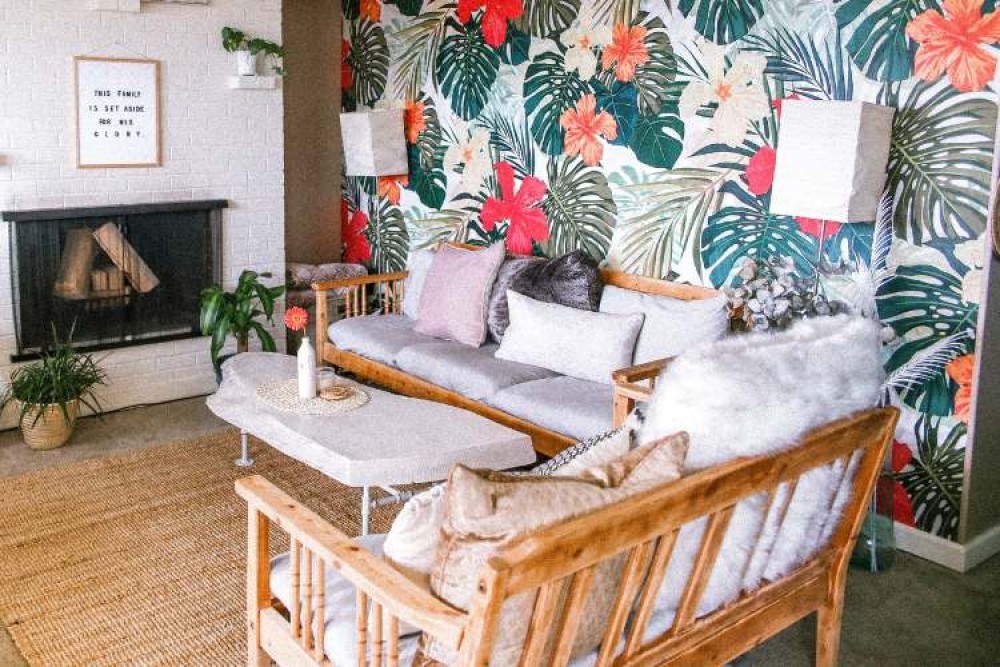
7. How to arrange décor items in a living room?
Art and accessories are the finishing touches that can truly personalize your living room. They reflect your tastes and interests, adding character and warmth to the space. Here’s how to effectively incorporate them into your design.
- Art pieces can serve as focal points in your living room. Choose pieces that resonate with you, whether they are paintings, photographs, or sculptures. The art you select can set the tone for the entire room, so consider the mood and style you want to convey. Large statement pieces can create impact, while smaller works can be grouped to form a gallery wall.
- Accessories like vases, books, sculptures, and decorative objects add layers of interest and texture to your living room. The key is to balance them so the space doesn’t feel cluttered. Group items in odd numbers and vary the heights and shapes to create visually appealing arrangements. Don’t be afraid to mix materials and styles to add depth.
8: Bring nature indoors
- Use macramé hangers or modern hanging planters to save floor space and add vertical interest.
- Display smaller plants on shelves or dedicated plant stands. Grouping plants together can create a mini indoor garden.
- For a unique touch, create terrariums using glass containers. They are perfect for small succulents and cacti and add a whimsical element to your decor.
9. Keep it clutter-free
A clutter-free living room not only looks more inviting but also creates a sense of calm and order. Here are some strategies to help you maintain a tidy and organized space.
- Stylish Baskets: Use decorative baskets to store items like magazines, toys, and blankets. They can be tucked away under coffee tables, on shelves, or in corners.
- Built-In Shelving: Custom-built shelves offer a stylish and practical solution for displaying books, decor, and personal items while keeping clutter off the floor.
- Ensure that every item has a designated spot. This makes it easier to keep the room organized and find things when you need them.
10. Add personal touches
Personal items such as family photos, travel souvenirs, and heirlooms can add character and warmth to your living room. Displaying these items not only decorates the space but also tells a story about you and your life experiences. Choose frames and display methods that complement your overall decor.
By following these ten simple tips, you can transform your living room into a beautiful and inviting space that reflects your style and meets your needs. Even small changes can make a big difference, so start your redesign journey today and create a living room where comfort, style, and personality come together harmoniously.

